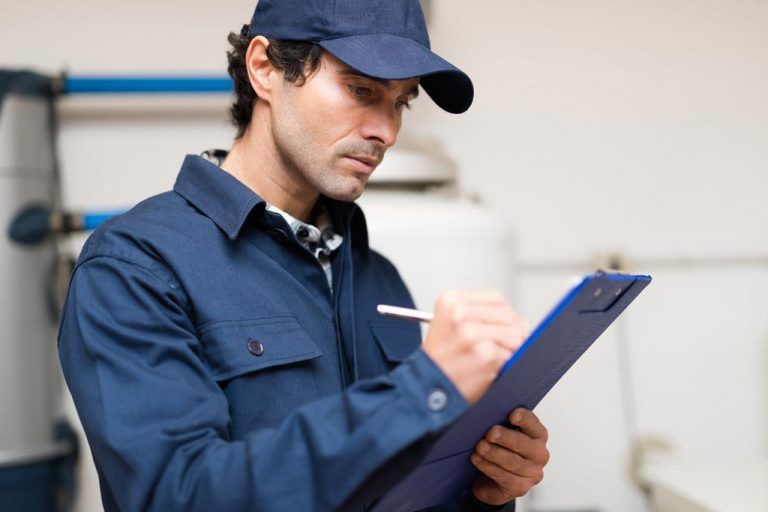
Following is a gas furnace maintenance checklist that can help you prevent carbon monoxide poisoning. Check the pilot light, clean the air ducts, and check the heat exchanger to keep your home safe from dangerous fuel byproducts. You’ll also find helpful information on checking the thermostat and air filter. If you’re unsure how to assess these components, contact a professional. You can also follow these tips for gas furnace maintenance to ensure your furnace runs at peak efficiency.
Carbon monoxide poisoning
Before winter sets in, take the time to review your carbon monoxide and gas furnace maintenance checklist. You should install carbon monoxide detectors on every level of your home. Schedule regular service for carbon monoxide detectors by a qualified technician. It would help if you also had your chimney cleaned and your fireplace flue open to keep out dangerous carbon monoxide fumes. Carbon monoxide can kill you, so take steps to prevent poisoning and protect your family.
While carbon monoxide is odourless and colourless, it can affect oxygen transport in the blood. Without proper ventilation, this gas can lead to carbon monoxide poisoning. Emergency medicine physician John Cunha outlines the symptoms of carbon monoxide poisoning. When these symptoms develop, call a professional immediately. You can also request emergency maintenance services to prevent a potential fire.
Pilot light
Inspecting the pilot light is a critical component of gas furnace maintenance. This step helps the technician determine whether the pilot light is operating correctly. Ensure you examine the furnace’s ignition system, safety controls, and control box. The furnace’s burner assembly should be clean and adjusted to maximize heat transfer efficiency. The technician should also listen for unusual sounds and vibrations and clean and adjust the burners. Inspect and replace as needed the furnace’s flue pipe.
A yellow flame can indicate that the furnace is not working correctly. A failing pilot light will send a dangerous amount of carbon monoxide into your home. It would help if you replaced the furnace with a more efficient model. This simple check is essential in maintaining your furnace. A failing furnace is a significant safety risk; you should replace it as soon as possible. If the light is blue, the furnace is functioning correctly.
Air ducts
If you don’t have allergies or unexplained symptoms, you don’t need to have the air ducts cleaned. You can also clean them yourself using a vacuum cleaner. You can also remove the registers and vacuum them regularly to prevent dust accumulation. If you don’t have time to hire a professional, you can clean them yourself using a vacuum cleaner. Listed below are some tips to keep your air ducts clean.
It would help if you also cleaned your air ducts regularly. Air ducts are difficult to reach and often fill up with dirt and dust. Depending on their location, they can contain anything from pet hair to food residue. Vacuuming your ducts can remove these particles and prevent them from entering your central air system. If you don’t regularly clean your air ducts, you might want to consider hiring a professional to do it for you.
Heat exchanger
The heat exchanger is a critical part of a gas furnace. It carries heated air from the furnace to the air and re-circulates it throughout the conditioned indoor spaces. Excessive wear can lead to dangerous leaks and carbon monoxide. Also, the blower motor controls how much-heated air flows through the ducts. As part of the gas furnace maintenance checklist, inspect the blower motor for excessive vibration and loose electrical components. Check the blower wheel for proper electrical current. Clean if necessary.
Air Filter & Heat Exchanger
The next item on the gas furnace maintenance checklist is inspecting the air filter and the heat exchanger. Inspect both visually for dirt and debris accumulation. Cracks and soot are also signs of potential issues. During the inspection, furnace professionals also check the gas pressure delivered to the burners.
Return Ducts
Blockages in the vents could lead to carbon monoxide buildup and pressure imbalances. A qualified technician will inspect all openings for dust, pet dander, and other contaminants. Typically, you will find return ducts in hallways, rooms, and stairwells.